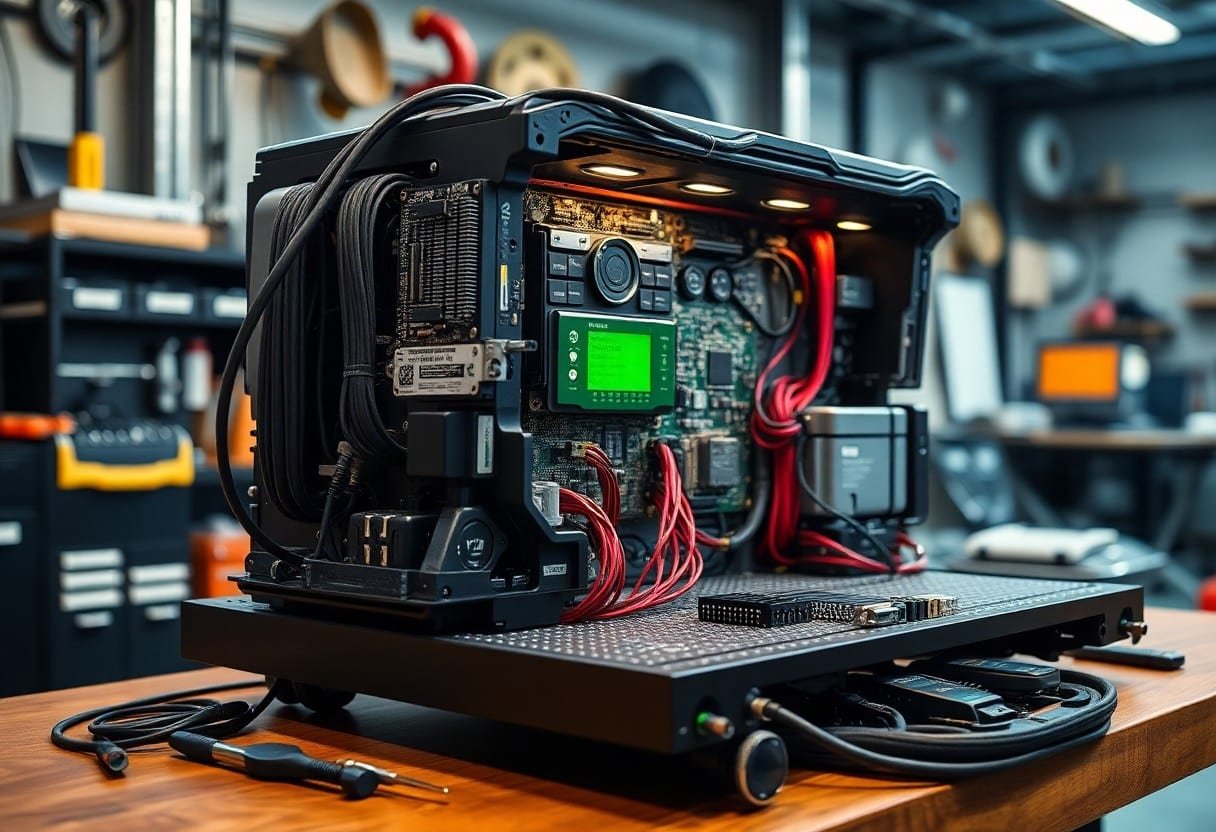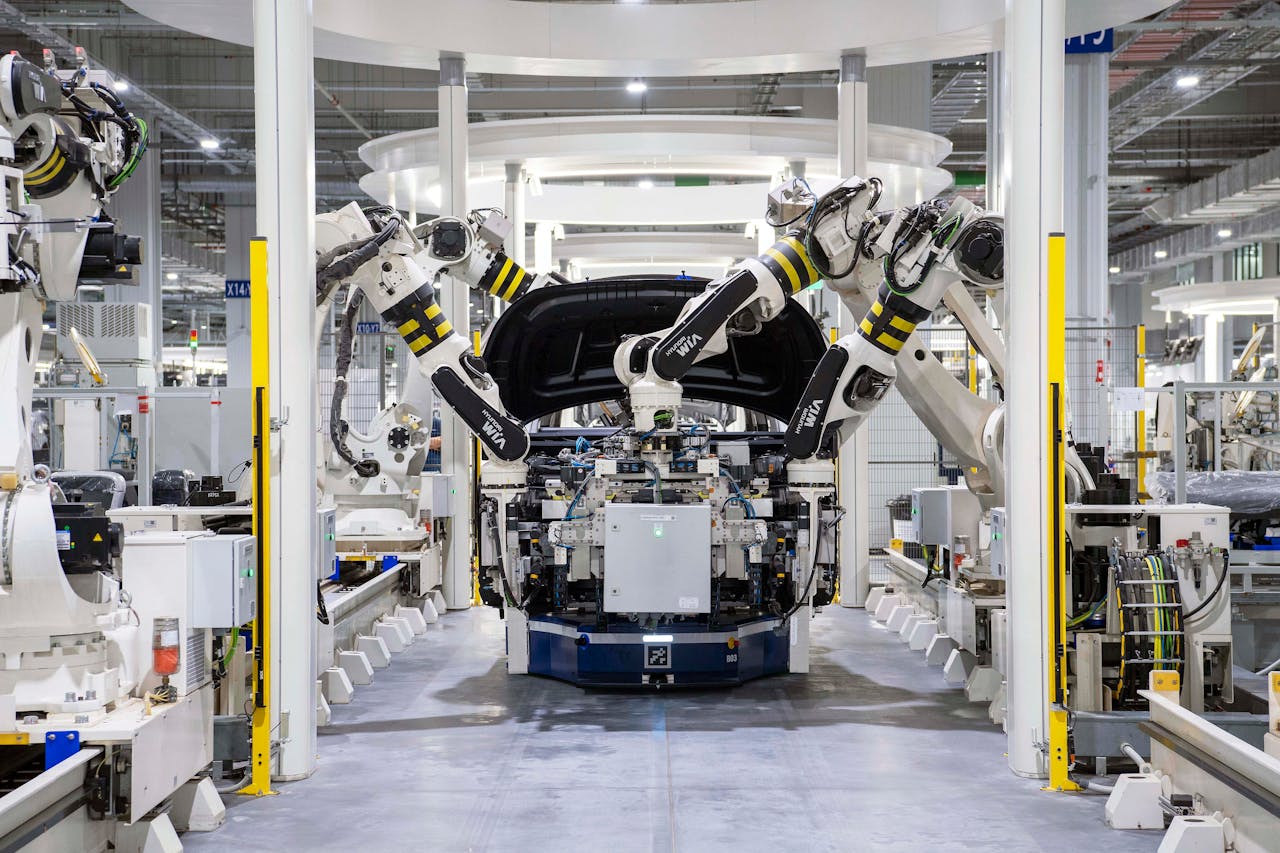It’s exciting to see how central compute automotive platforms are transforming the way you experience vehicle intelligence. These innovative systems streamline information processing, enhance connectivity, and improve overall vehicle performance. As you examine into this blog post, you’ll discover how this shift is not just changing the technology under the hood but also enriching your driving experience, making your vehicle smarter and more intuitive than ever before.
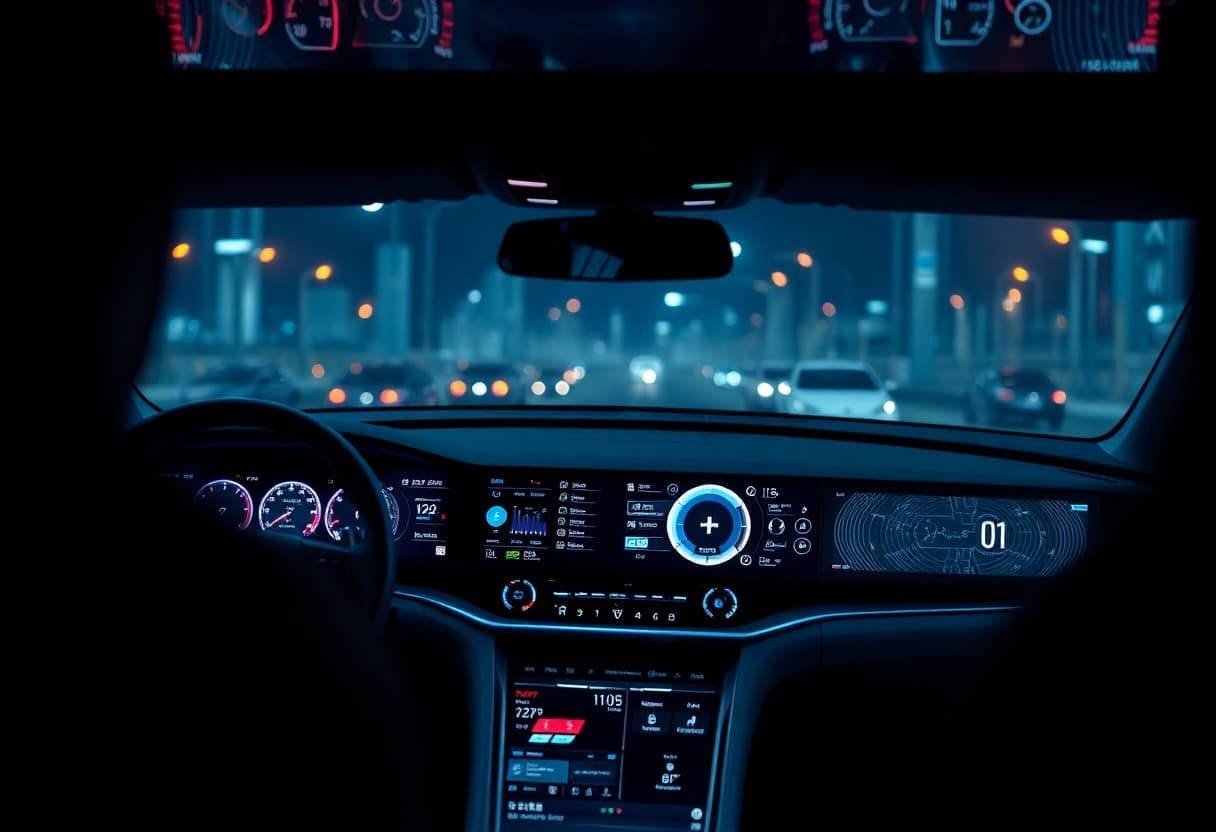
Key Takeaways:
- Central compute platforms enhance vehicle intelligence by consolidating processing power, enabling advanced functionalities and real-time data analysis.
- These platforms improve over-the-air updates, allowing manufacturers to seamlessly deploy software improvements and new features post-delivery.
- Integration of AI and machine learning in central compute systems supports better decision-making for autonomous driving and driver assistance systems.
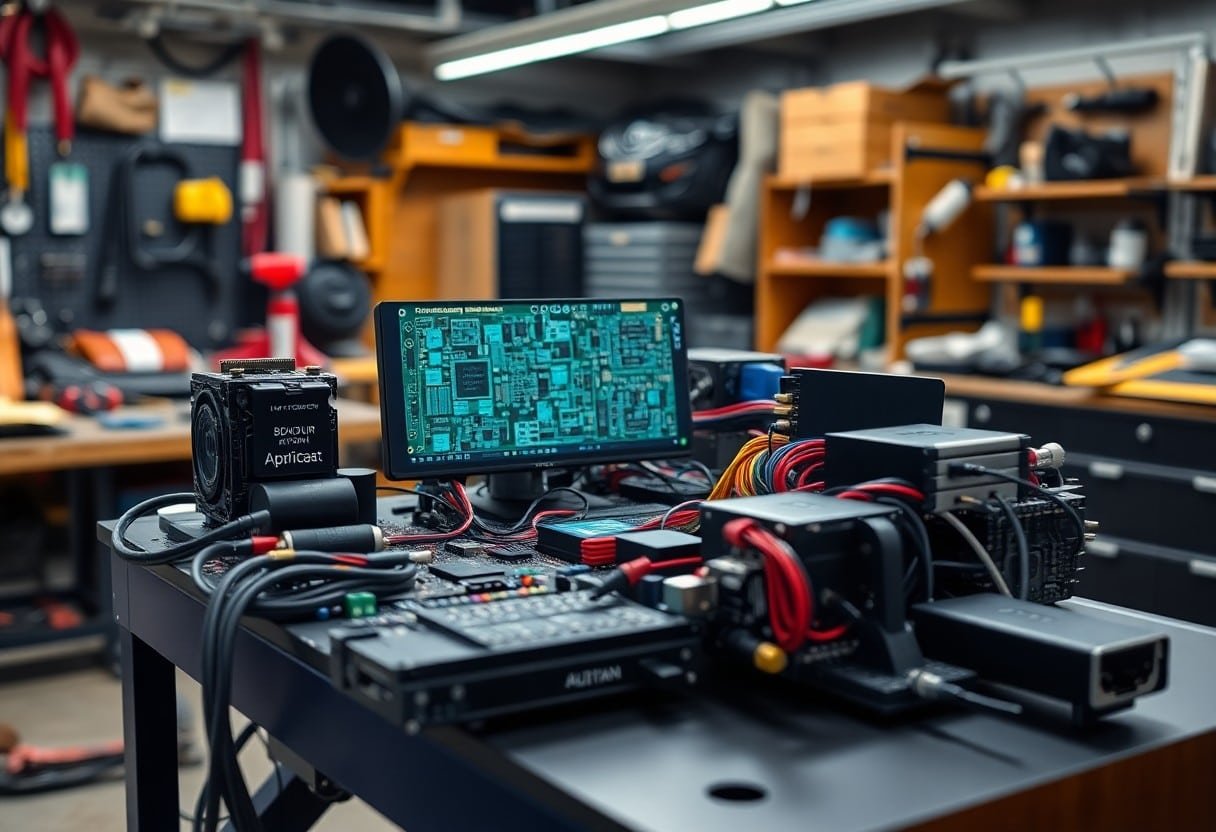
What Are Central Compute Automotive Platforms?
Central compute automotive platforms represent a transformative shift in vehicle architecture, integrating multiple electronic control units (ECUs) into a single computing hub. This centralized approach streamlines data processing, enhances real-time decision-making, and allows for seamless software updates, significantly improving vehicle performance and user experience. With the ability to manage advanced features like autonomous driving and connected services, central compute platforms redefine how you interact with your vehicle.
The Basics of Central Compute Systems
Central compute systems centralize various automotive functions into one cohesive unit, allowing for efficient management of data and resources. These platforms combine the processing power required for critical tasks, such as driver assistance and infotainment systems, into a streamlined architecture. This consolidation enhances reliability while facilitating quicker development cycles for software updates and feature integration.
How They Differ from Traditional Architectures
Central compute platforms contrast sharply with traditional distributed architectures, which rely on multiple individual ECUs communicating over a network. Traditional systems face challenges like increased latency and higher complexities in wiring, making integration of new technologies cumbersome. In contrast, central compute systems minimize the number of devices, lowering weight and costs while enhancing the speed and efficiency of data processing.
In traditional architectures, each function operates independently through its own ECU. This setup can lead to bottlenecks and redundancy as multiple systems compete for processing power and data communication resources. With central compute platforms, you benefit from a unified data structure, significantly improving real-time processing capabilities and enabling sophisticated vehicle functionalities, such as machine learning and adaptive control algorithms. The result is a more responsive and intelligent vehicle that can adapt to your needs and driving conditions seamlessly, marking a significant leap forward in automotive technology.
The Rise of Vehicle Intelligence
The evolution of vehicle intelligence is rapidly enhancing driving experiences and operational efficiency. By integrating sophisticated algorithms and massive data processing capabilities, these systems are transforming how you interact with your vehicle. Enhanced connectivity allows for real-time updates, enabling smart navigation, adaptive performance adjustments, and personalized experiences tailored to your preferences.
Enhancing Driver Experience
Your driving experience improves significantly with enhanced vehicle intelligence. Systems now provide personalized infotainment options, intuitive voice controls, and predictive maintenance alerts, ensuring a more enjoyable and seamless journey. As vehicles learn your habits, you can expect tailored responses that create a unique interface between you and your car.
Improving Safety and Efficiency
The integration of advanced safety features and operational efficiencies positions modern vehicles ahead of their predecessors. With real-time data analytics, systems can detect potential hazards, recommend optimal routes, and provide adaptive cruise control. This proactive approach not only enhances safety but also helps reduce fuel consumption and emissions, contributing to a more sustainable driving experience.
Key Players in the Market
Your understanding of central compute automotive platforms would be incomplete without recognizing the key players shaping the market. Major automotive manufacturers and tech companies are rapidly evolving their capabilities, introducing innovative solutions that redefine the future of vehicle intelligence. From established brands to groundbreaking startups, each is contributing unique technologies that enhance connectivity, performance, and safety in modern vehicles.
Leading Manufacturers and their Innovations
Leading manufacturers, such as Tesla and Volkswagen, are pioneering innovations in central compute platforms, integrating cutting-edge features like over-the-air updates and advanced driver-assistance systems. Tesla’s Full Self-Driving platform showcases real-time data processing capabilities, allowing for significant enhancements in navigation and performance. Similarly, Volkswagen’s MEB platform emphasizes modularity, facilitating efficient software updates and user customization.
Collaboration with Tech Companies
Collaborating with tech giants has become a strategic move for automotive manufacturers, driving the evolution of central compute platforms. Partnerships with companies like NVIDIA and Intel significantly boost computing power and artificial intelligence capabilities in vehicles. By leveraging cloud computing and machine learning, automakers can optimize performance and user experience through seamless software integration and data analytics.
Collaborations with tech companies extend beyond hardware; they involve co-developing advanced AI algorithms that enhance predictive capabilities and real-time decision-making. For instance, Ford’s partnership with Google aims to utilize machine learning to improve vehicle performance analytics and customer satisfaction. This synergy not only accelerates innovation but also helps in adhering to evolving regulatory standards for automotive technology, ensuring a holistic approach to vehicle intelligence.
Challenges in Implementation
Implementing central compute automotive platforms presents several challenges that automakers must navigate. These hurdles include integrating with existing vehicle architectures, ensuring compatibility among diverse systems, and addressing various consumer expectations. Automakers also face the necessity of balancing innovation with budget constraints, which can delay deployment and limit the features available in the initial rollout.
Technical Hurdles
Technical hurdles significantly impact the implementation of central compute platforms. You may encounter difficulties related to software interoperability, data handling, and system reliability. The convergence of multiple electronic control units into a single architecture can create complexities that require advanced troubleshooting and increased development times, as well as the need for robust cybersecurity measures to protect sensitive vehicle data.
Regulatory Considerations
Regulatory considerations play a vital role in the deployment of central compute automotive platforms. You must navigate a landscape of evolving regulations that can vary widely across regions, complicating the certification and approval processes for new technologies.
Government regulations often require extensive safety testing and compliance with environmental standards, which can slow innovation. For example, the EU’s General Safety Regulation necessitates that vehicles incorporate advanced driver assistance systems before entering the market. This means that automakers must not only focus on technology development but also stay informed about regulatory changes that could impact their products. Additionally, data protection regulations, such as GDPR, will affect how you manage consumer data within connected vehicles, necessitating a strategy that addresses both security and compliance to build consumer trust and meet legal requirements.
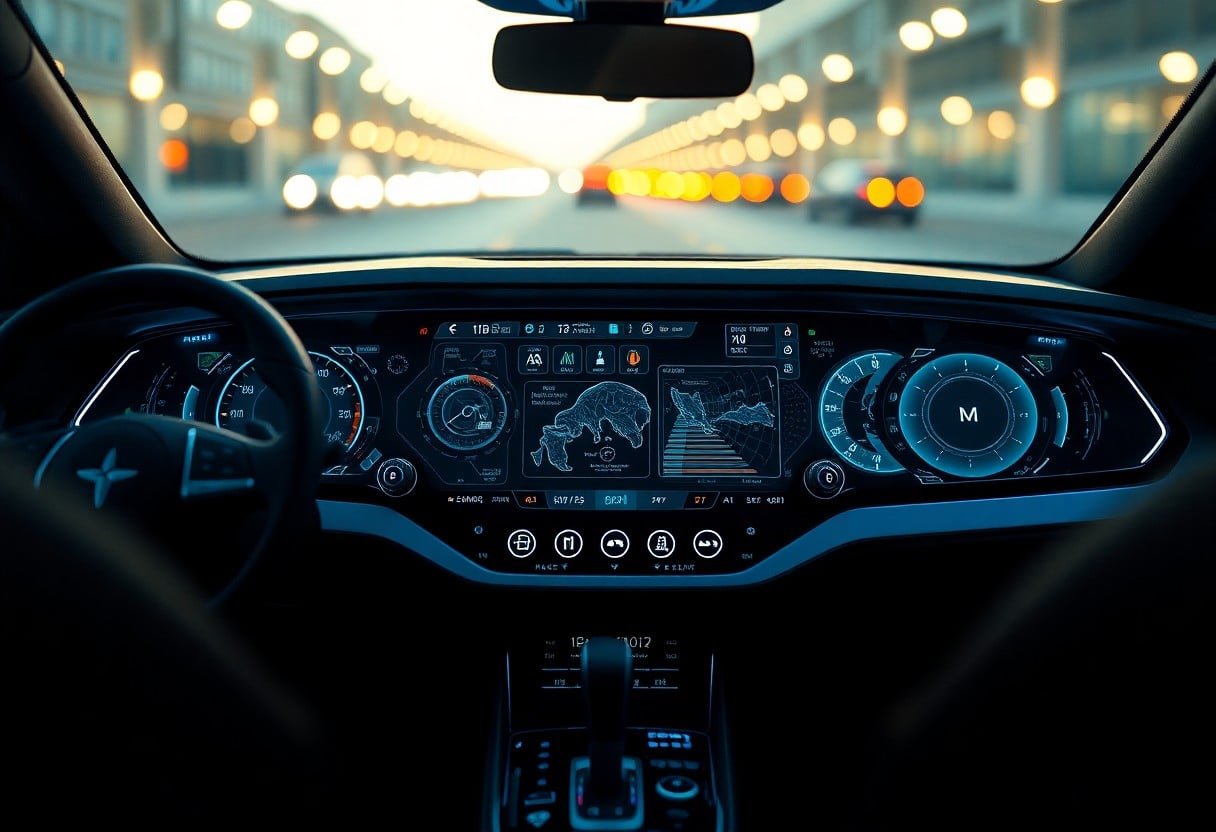
Future Trends and Predictions
The evolution of central compute automotive platforms is set to usher in a new era of vehicle intelligence, driven by connectivity, automation, and user-centric innovations. As we move forward, expect more seamless integration between vehicles and the digital ecosystem, with enhanced capabilities for real-time data processing and predictive analytics that anticipate driver needs and optimize performance.
The Next Generation of Vehicle Intelligence
The next generation of vehicle intelligence focuses on creating a holistic experience for drivers and passengers alike. Enhanced human-machine interfaces, adaptive learning from user preferences, and smart connectivity will redefine how you interact with your vehicle, making driving not just a necessity but an engaging experience.
The Impact of AI and Machine Learning
AI and machine learning are at the forefront of transforming vehicle performance and safety. These technologies enable continuous learning from vast data sets, improving decision-making processes and offering personalized experiences that adapt to your unique driving patterns.
AI and machine learning algorithms analyze real-time data from various sensors and external sources to enhance vehicle safety and efficiency. For example, Tesla’s Autopilot uses deep learning to refine its navigation and driving capabilities with every mile driven. As cars become smarter, you’ll notice not just predictive maintenance alerts but also systems that optimize fuel efficiency based on your driving habits, bringing a personalized touch to the automotive experience. This capability significantly reduces accidents and enhances overall driving pleasure, underscoring the profound impact of AI in tomorrow’s vehicles.
Real-World Examples
Real-world applications of central compute automotive platforms showcase their effectiveness in enhancing vehicle intelligence and functionality. Leading automotive manufacturers are deploying these platforms to streamline operations, improve safety features, and provide advanced driver-assistance systems, redefining the driving experience.
Success Stories from Modern Vehicles
Several modern vehicles, including the Tesla Model 3 and Audi Q8, demonstrate the power of central compute platforms. Tesla’s integration allows for over-the-air updates, optimizing performance and safety features in real-time, while Audi leverages centralized computing for seamless infotainment and advanced driver assistance, enhancing user interaction and safety.
Lessons Learned from Early Implementations
Early implementations of central compute platforms revealed challenges and opportunities. Key lessons centered on system integration, data management, and user experience. Manufacturers faced initial hurdles with hardware compatibility, emphasizing the need for standardized solutions across platforms to maximize efficiency and functionality.
Early implementations highlighted the critical importance of interoperability between components. For example, struggles with integration often stemmed from proprietary systems not communicating effectively. Industries learned to prioritize open standards to foster collaboration and innovation, allowing various systems to interact seamlessly. Additionally, comprehensive data management strategies became vital in ensuring that the constant influx of data could be processed and acted upon in real-time without overwhelming system resources. This knowledge paves the way for more refined and efficient future iterations of central compute platforms, optimizing the balance between performance, safety, and user experience.
Summing up
With these considerations, you can see how central compute automotive platforms are not just transforming vehicle intelligence, but also enhancing your driving experience. These innovations streamline operations, improve safety features, and pave the way for future technologies, ensuring that your vehicle remains at the forefront of efficiency and convenience. As you embrace this shift, you’ll benefit from a more connected and intelligent automotive ecosystem, ultimately leading to a smarter, safer journey.

